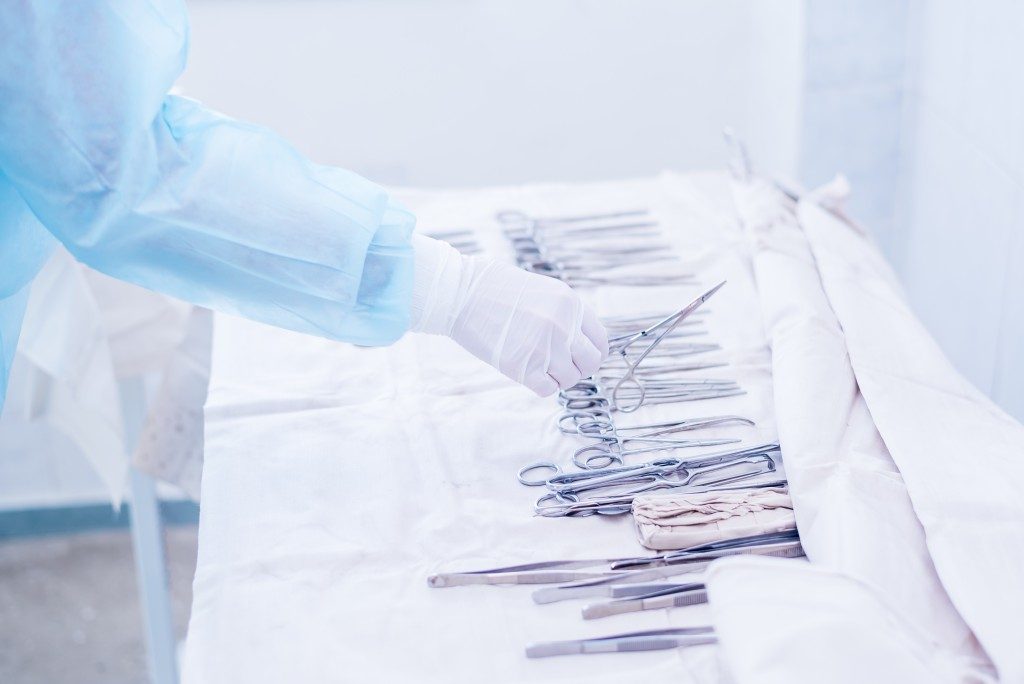Surgical procedures were seen as the last resort for the management of various conditions in the past. Nowadays, however, these are among the leading alternatives for lasting solutions to a range of disorders. Even so, you can only do so much for your patients in surgery without the right equipment. As such, one of your biggest investments should be in getting the correct surgical instruments. Getting a balance between cost-efficacy, reduced cross-infection, and quality is essential.
The disposable biopsy punch, for instance, might seem like a waste of your resources since it is only used on one patient. It, however, guarantees the lowest levels of cross-contamination between patients and negates the costs of instrument sterilization. This, in the long term, makes it cost-effective. When putting together an inventory list for your surgery, you will have four primary categories. These include grasping, cutting, hemostatic, and wound closing instruments. Grasping instruments hold the tissues, vessels, and surgical sponges that might get in the way of your operating field. The primary one of these is the forceps. Here are the types of forceps for most surgical procedures.
Dressing Forceps
These are often used for wound dressing. They nonetheless still play a role in your surgical procedure when holding dressing materials or removing the materials you have used for hemostatic control before closing a wound. Dressing forceps come in special angles, curved, and straight tips for different tasks during your operation. Other than dressing, these forceps are used for delicate procedures like eye surgery since they have minimal risk of tissue trauma.
Hemostats Forceps
These are used to control bleeding and leaking of body fluids during operation. They avert blood flow into the surgical field and reduce bleeding after cutting blood vessels. All hemostats forceps come with a locking mechanism known as a ratchet. This controls the amount of force with which you will hold the vessel in question. Kelly, mosquito, and Crile are the popular types of hemostats forceps.
Splinter Forceps
These are used to remove sharp objects like broken bones from the surgical field. They also suffice for holding sutures when closing wounds and manipulating narrow areas. This is because they are triangular and have fine tips. Splinter forceps are available in smooth, straight, curved and serrated tips. The hunter and Stieglitz forceps are the common variants of splinter forceps.
Sponge Forceps

These have defined shapes that make them perfect for holding, gripping, twisting, and clamping tissues. They are nonetheless almost exclusively used for gynecological procedures in which these motions make a significant difference. These include the insertion of IUDs, abortions, and cervical examinations. In these procedures, sponge forceps will handle the sponges, wipes, gauzes, and instruments used without causing extensive tissue trauma to other areas.
The above medical forceps are made of durable materials that are also easy to sterilize. The leading options include stainless steel, titanium, polypropylene, high-grade carbon steel, and plastic. Alloys containing nickel, cobalt, or chromium are also often used for forceps tips. These have superior performance and high flexibility that are necessary for most surgical procedures.

